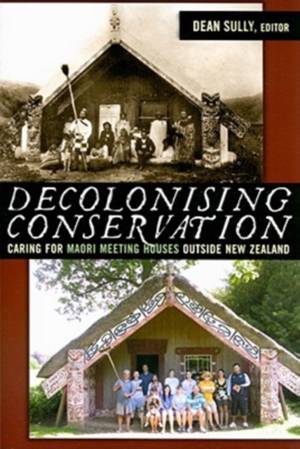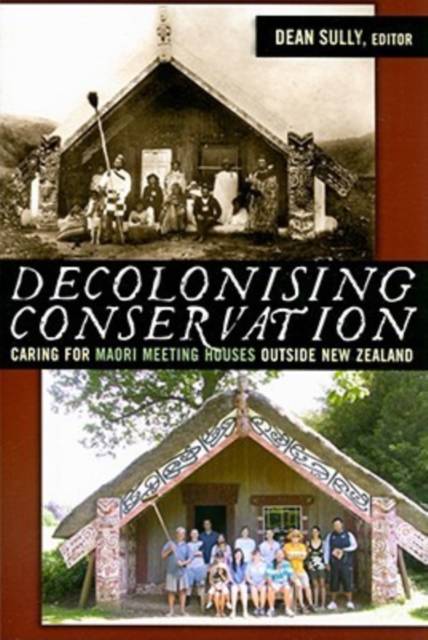
- Afhalen na 1 uur in een winkel met voorraad
- Gratis thuislevering in België vanaf € 30
- Ruim aanbod met 7 miljoen producten
- Afhalen na 1 uur in een winkel met voorraad
- Gratis thuislevering in België vanaf € 30
- Ruim aanbod met 7 miljoen producten
Zoeken
Decolonizing Conservation
Caring for Maori Meeting Houses Outside New Zealand
€ 90,45
+ 180 punten
Omschrijving
This book argues for an important shift in cultural heritage conservation, away from a focus on maintaining the physical fabric of material culture toward the impact that conservation work has on people's lives. In doing so, it challenges the commodification of sacred objects and places by western conservation thought and attempts to decolonize conservation practice. To do so, the authors examine conservation activities at Maori marae--meeting houses--located in the US, Germany, and England and contrasts them with changes in marae conservation in New Zealand. A key case study is the Hinemihi meeting house, transported to England in the 1890s where it was treated as a curiosity by visitors to Clandon Park for over a century, and more recently as a focal point of cultural activity for UK Maori communities. Recent efforts to include various Maori stakeholder communities in the care of this sacred structure is a key example of community based conservation that can be replicated in heritage practice around the world.
Specificaties
Betrokkenen
- Uitgeverij:
Inhoud
- Aantal bladzijden:
- 272
- Taal:
- Engels
- Reeks:
Eigenschappen
- Productcode (EAN):
- 9781598743104
- Verschijningsdatum:
- 1/12/2007
- Uitvoering:
- Paperback
- Formaat:
- Trade paperback (VS)
- Afmetingen:
- 154 mm x 226 mm
- Gewicht:
- 358 g

Alleen bij Standaard Boekhandel
+ 180 punten op je klantenkaart van Standaard Boekhandel
Beoordelingen
We publiceren alleen reviews die voldoen aan de voorwaarden voor reviews. Bekijk onze voorwaarden voor reviews.










